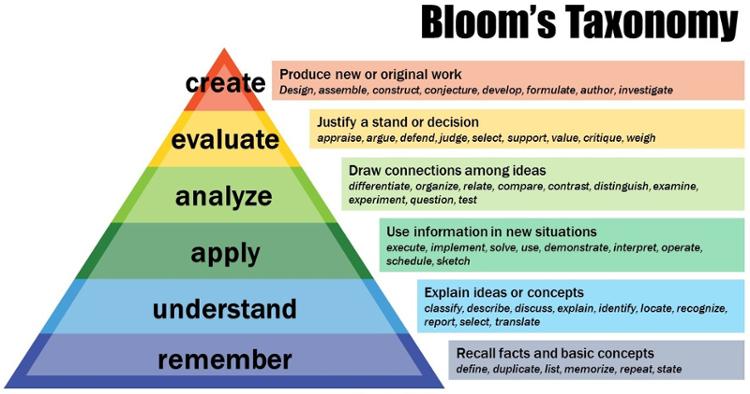Resources

Below are a few resources that will answer any questions you may have, but please do not hesitate to reach out to your on campus CLOA member or the Office of Learning Outcomes Assessment for help!
| Assessment Toolkit |
The Assessment Toolkit information and training documents for the Assessment process here at Tri-C. |
| Assignment Library |
The Assignment Library houses ELO assignment samples for all seven ELOs from a wide range of disciplines. It also houses guides to choose or creating an assignment for an ELO. |
| When to map a course to an ELO |
ELO mapping guide will help you decide if your course should be mapped to an ELO. Mapping involves clicking a few boxes in a CIM proposal. |
| Course-level assessment training |
Course-level Assessment Summit |
|
ELO Workshop Sessions |
Curriculum and Assessment Overview ELO Workshops: Written Communication Quantitative Reasoning Loop Closure |
|
Learning Outcomes Assessment and Curriculum Procedures Manual |
We are pleased to announce the development of the Curriculum and Assessment Operations Manual. This manual serves as a comprehensive handbook outlining all procedures related to the Curriculum and Assessment areas. Annual reviews of the manual will be conducted to ensure currency of procedures and inclusion of any new state or institutional initiatives. |
| Additional Resources | |
|
Assessment Artifact Retention Period |
The College will retain submitted student works (hereinafter called “Artifacts”) for institutional, course, and program outcomes assessments pursuant to its Records Retention Policy on Accreditation Files. Specifically, the College will retain the Artifacts during the active period (i.e. the period the College is assessing the Artifacts for accreditation and continuous improvement purposes) plus an additional 10 years. Students should submit their work without any personally identifiable information (e.g. first and last name, student number, social security number, etc.). By submitting work, students grant the College permission to use the Artifacts for accreditation and continuous improvement purposes throughout the retention period. Students do not assign the College any property rights to the Artifacts. |
Bloom’s Taxonomy provides an important framework for teachers to use to focus on higher order thinking. By providing a hierarchy of levels, this taxonomy can assist teachers in designing performance tasks, crafting questions for conferring with students, and providing feedback on student work

